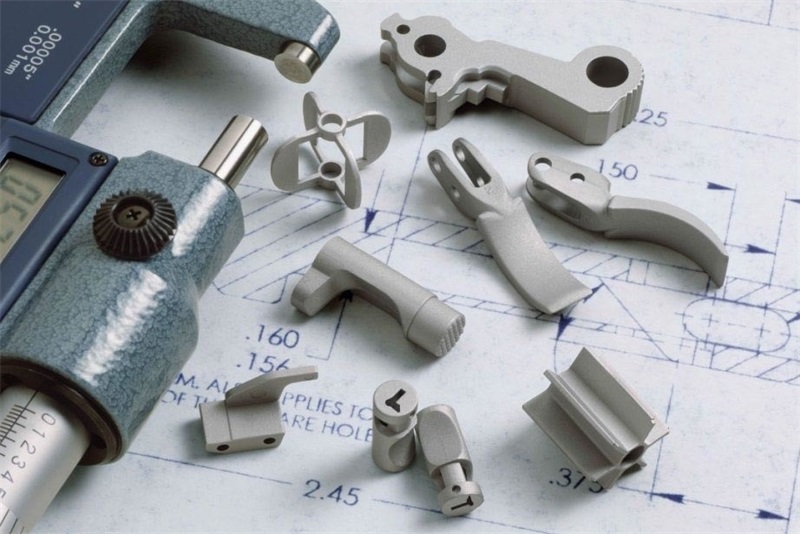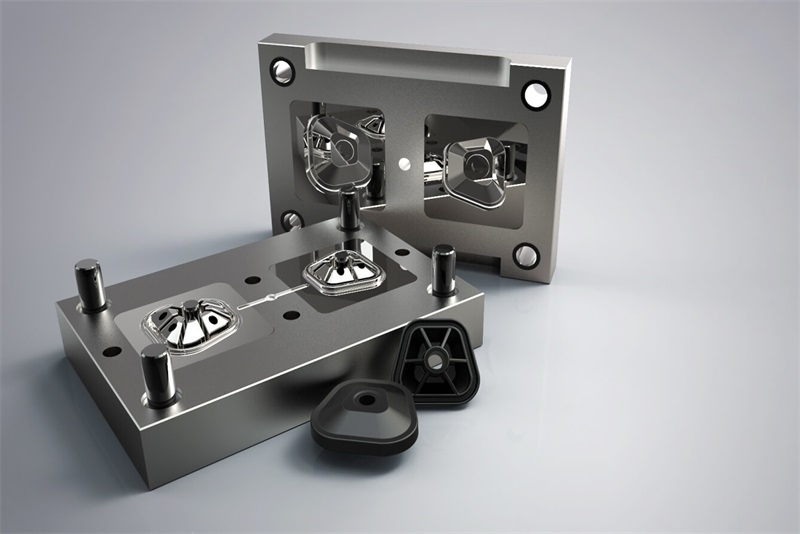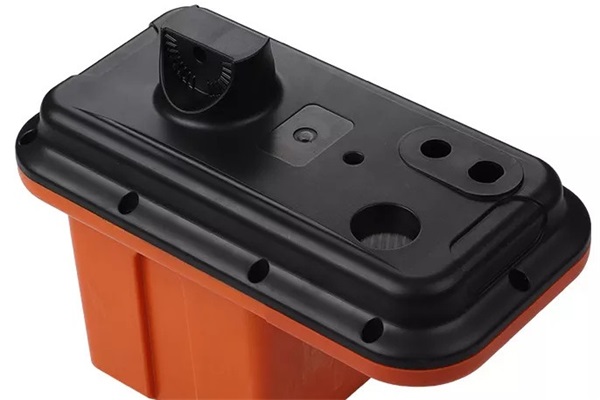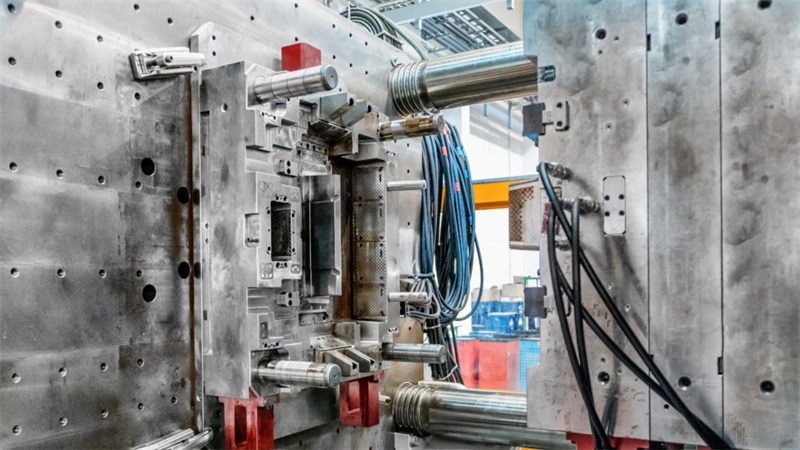Building an aircraft is not just about using metal materials in the production and assembly process. Manufacturers also use some plastic materials to produce custom plastic aerospace parts and prototypes through the injection molding process. In this guide, you will learn about the injection molding services for custom plastic aerospace rapid prototypes and parts production.
Table of Contents
- 1 Benefits of Plastic Injection Molding for the Aerospace Parts
- 1.1 ●A wide range of material options for Aerospace parts.
- 1.2 ●Lightweight and strong materials for aerospace parts.
- 1.3 ●Precision and accuracy Aerospace parts.
- 1.4 ●Flexible design.
- 1.5 ●Affordable manufacturing costs of Aerospace parts.
- 1.6 ●High repeatability and high-quality products.
- 1.7 ●Custom finishes for aerospace parts.
- 2 Plastic Materials Used in Aerospace Parts and Prototypes
- 3 Injection Molding Aerospace parts In the Aerospace Industry
- 4 Conclusion
Benefits of Plastic Injection Molding for the Aerospace Parts
Plastic injection molding service is an important part of the aerospace manufacturing industry, as this is the process used to manufacture various parts and components for aircraft. Aside from its lower production costs, plastic injection molding also provides various other benefits, which include:
●A wide range of material options for Aerospace parts.
With injection molding, you can choose from a wide range of materials to create various parts and prototypes for the aerospace industry. You can use plastic materials for the manufacturing process, with plenty of material variations you can choose, such as ABS, PP, HDPE, and more.
●Lightweight and strong materials for aerospace parts.
Plastic materials have lightweight properties, which are useful for the aerospace industry. It means you don’t need to load the aircraft with too much weight for their parts and components. Aside from that, you can also get a strong material property for plastic materials, making the completed parts and components more durable when you use them.
●Precision and accuracy Aerospace parts.
With plastic injection molding, you can create more precise and accurate aircraft parts and components. It also offers tight tolerance for the parts and components you produce with this process, which means they will work well with other components with no need for complex finishing processes.
●Flexible design.
Injection molding can be a rapid manufacturing process that offers you flexible design, allowing you to create parts with either simple or complex design with no problems. You can create the molds for the injection molding process via the 3D print services or rapid prototyping method, making it easier for you to come up with the completed parts and components you can use for the aerospace industry.
●Affordable manufacturing costs of Aerospace parts.
Compared with other manufacturing methods, such as CNC turning and CNC milling, injection molding can save you a lot of money for the manufacturing process. You can save money on the materials, mold creation, designing process, and labor when you use the injection molding process.
●High repeatability and high-quality products.
Plastic injection molding can provide you with aerospace parts and components that you can produce with high repeatability, meaning that these parts will be identical to each other, and there will be a low percentage of production defects. Also, each part and component will maintain their high quality according to your design requirements.
●Custom finishes for aerospace parts.
You can also apply custom finishes for the completed parts and components, enhancing their aesthetics and adding other properties to them.
Plastic Materials Used in Aerospace Parts and Prototypes
There’s a wide range of plastic materials you can use in the injection process for the aerospace manufacturing industry. Each plastic material will have its own properties, benefits, and disadvantages, so they will have their use in various sections of the aircraft. Here are the plastic materials used in aerospace parts and prototypes:
●ABS (Acrylonitrile Butadiene Styrene).
ABS is the plastic material that you can rely on for its hardness and dimensional stability. Also, this is the plastic material that has a high level of tensile strength, abrasive resistance, and chemical resistance.
●Polypropylene (PP).
PP is the translucent plastic material you can use in the aerospace injection molding process, which will provide you with a high level of durability. It also has excellent thermal and chemical resistance.
●Thermoplastic Polyurethane (TPU).
TPU is another plastic material you can use to produce aerospace parts and prototypes using the injection molding process. This material has high ductility and excellent compression resistance. Also, you can rely on its durability and its resistance to abrasion.
●HDPE (High-Density Polyethylene).
The HDPE plastic material is weather-proof and flexible. It has a translucent appearance with low-temperature toughness.
●PEEK (Polyether Ether Ketone).
PEEK is an excellent plastic material to use in the aerospace injection molding process, and manufacturers often use this plastic material with fiberglass or carbon fiber reinforcements. This plastic material has excellent thermal, chemical, and mechanical resistance.
Injection Molding Aerospace parts In the Aerospace Industry
What are the products you can manufacture using the injection molding method in the aerospace industry? Certain aircraft parts and components need to use plastic materials to maintain the low weight for the aircraft, while also providing strong durability and other important qualities. Here are some injection molding products for the aerospace industry:
●Window bezels.
It is common in the aerospace industry to use window bezels from injection molded plastic materials, as these materials are lightweight, with tight tolerances and a high level of durability. It helps prevent air leakage in the aircraft body.
●Plastic turbine blades.
Aircraft prototypes and small drones often use plastic turbine blades to keep their weight low, so that they can fly around with no problems. Plastic turbine blades are also durable, and there are many finishing options you can apply to them.
●Aircraft radome.
Radome is the device enclosure used in the aircraft to help prevent any signal and radio communication interferences, such as during bad weather. Thermoplastic materials are the perfect materials to use for this purpose, and you can produce radome via the injection molding process.
●Battery housing.
Battery housing will protect any batteries used inside the aircraft, which power various electrical components and equipment. You will need a strong battery housing to protect the electrical components from damage during flight. Plastic materials are perfect for this purpose.
●Pilot tubes.
To understand the air flow information on the aircraft, the pilot needs to use pilot tubes to read such information. Aircraft manufacturers produce pilot tubes from plastic materials with injection molding process, and then they apply smooth surface finishing on the completed products.
●Enclosures.
You can also use plastic injection molding in the aircraft industry to produce enclosures for various circuitries inside the aircraft. The enclosures need to protect these circuitries to prevent any damage and malfunction on the flight system, it can be as strong as the sheet metalwork parts.
Conclusion
The aerospace industry used plastic injection molding to produce custom plastic aerospace prototypes and parts with lightweight and durable properties. Some malleable plastic materials are also useful to produce parts and components that need to withstand high compression during flight.
Looking for a manufacturer who can offer high-quality aerospace prototypes and parts to you? Contact TEAM Rapid today to get a free quote now!




